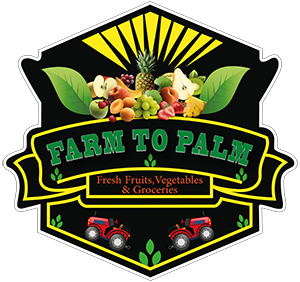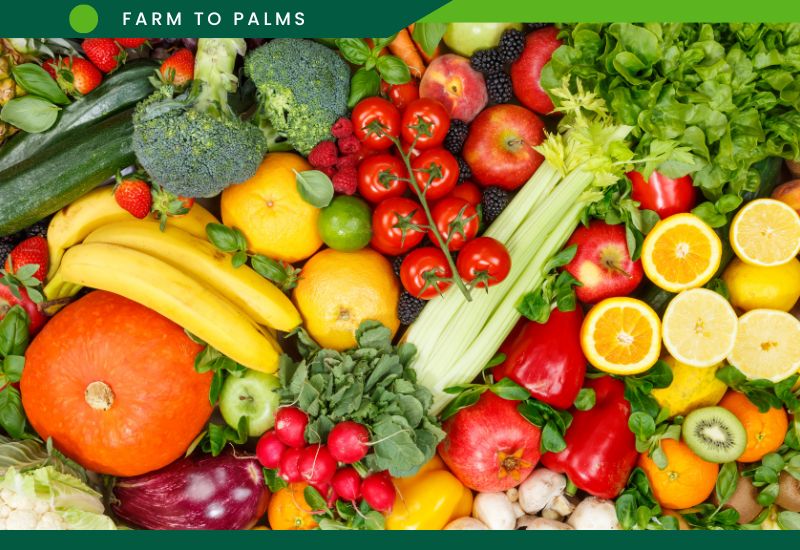All types of vegetables are good for health, but no vegetable or fruit provides all the necessary nutrients. Therefore, it is recommended to consume a variety of vegetables and fruits every day. Here are 20 types of vegetables with outstanding benefits.
Asparagus

Asparagus is one of the vegetables that act as a prebiotic, nourishing beneficial bacteria in the digestive system. Asparagus also contains high folate levels and contributes beneficially to supplementing iron for the body.
Green bean
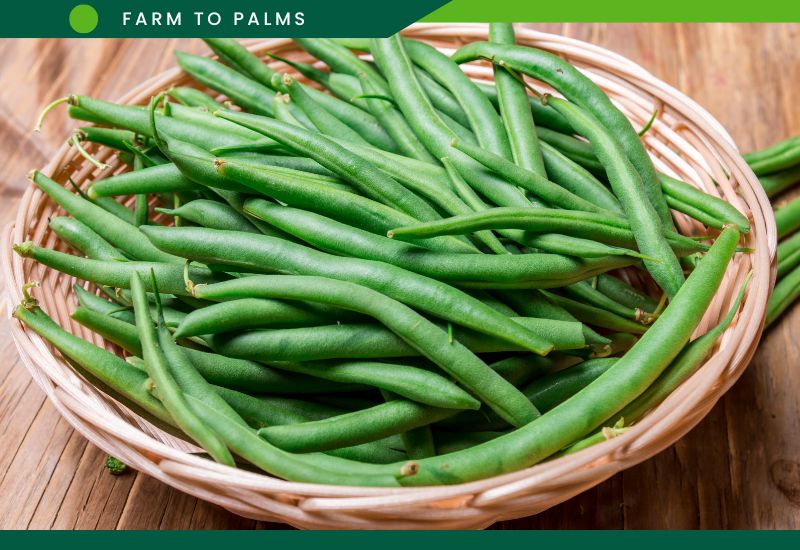
Many love green beans, a popular vegetable for its delicious flavour and high nutritional value.
Green beans are rich in nutrients and minerals such as iron, manganese, and potassium, as well as B vitamins that support nerve and brain function. They are also high in fibre, including resistant starch—a substance that resists digestion and is used by beneficial bacteria in the gut as a food source. Green beans are also very rich in antioxidants, helping to support the immune system and control blood sugar levels.
Radish
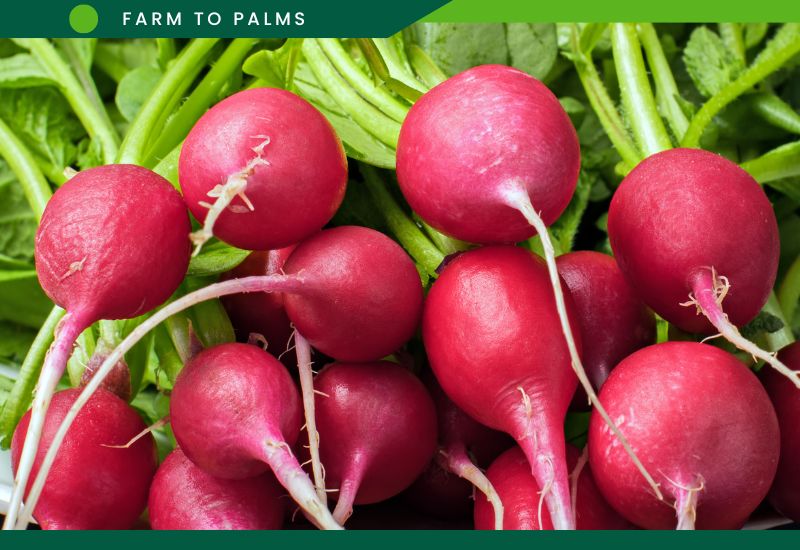
Rich in natural nitrates, radish is very heart-friendly. Nitrates help improve blood flow by relaxing blood vessels, reducing artery stiffness, and promoting dilation. These directly reduce blood pressure. Nitrates can also support endurance during exercise and enhance athletic performance.
Broccoli

Vegetables like broccoli and cauliflower contain a plant compound called indole-3-carbinol (I3C). It acts as a plant estrogen and may help balance hormones by regulating estrogen levels.
Research on I3C has shown promising results in reducing the risk of breast cancer and estrogen-related reproductive cancers in both men and women. However, more research is still needed in this area.
Brussels Sprouts

In addition to providing more essential nutrients per calorie than most other vegetables, Brussels sprouts are particularly rich in the plant compound kaempferol. This antioxidant has been studied for its many health-enhancing properties, including benefits for heart health.
Pumpkin
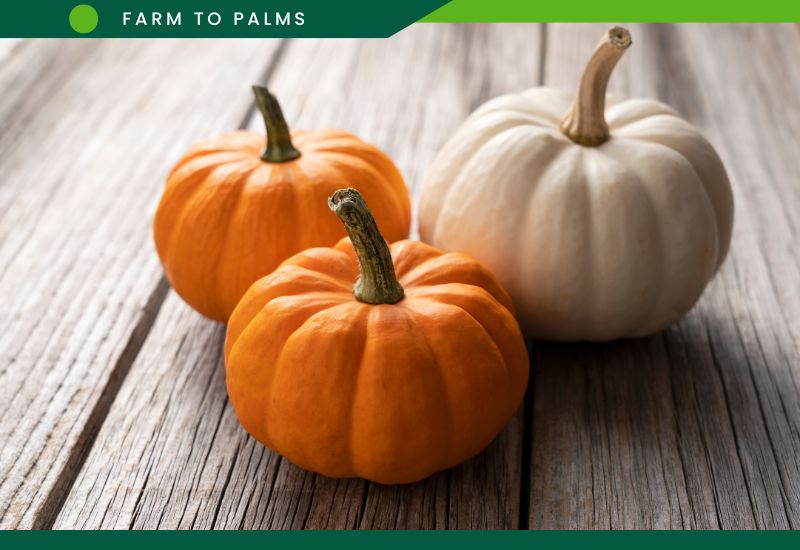
Research has shown that plant nutrients, including zeaxanthin and lutein, help protect eye health, and pumpkins contain both of these carotenoids.
Beta-carotene, also found in red beets, is converted into vitamin A in the intestine and plays a crucial role in immune health. It is particularly beneficial for the elderly.
Carrot
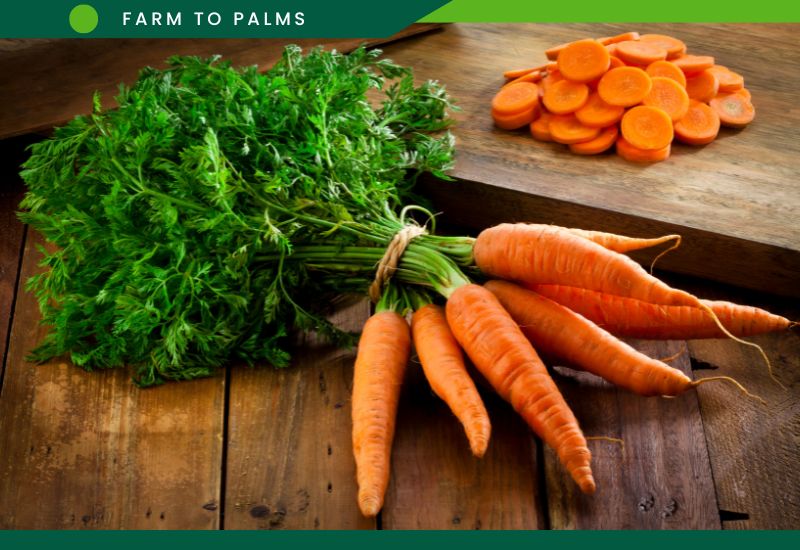
Renowned for improving eye health, carrots are a source of lutein and zeaxanthin, which help protect the retina from UV rays and reduce the risk of cataracts. Carrots also contain plenty of beta-carotene, which the body converts into vitamin A for a robust immune system, good vision, and healthy skin.
Cauliflower

Cauliflower is a rich source of choline, an essential nutrient for mood, memory, and cognitive function. Choline is a critical component in acetylcholine production, a neurotransmitter that sends signals to the central nervous system. Like broccoli and Brussels sprouts, cauliflower detoxifies sulforaphane, offering many health benefits.
Celery

Although celery is high in water content and fibre, it contains various vitamins, minerals, and plant compounds, including flavonoids. These substances support heart health and liver function and may help control blood sugar levels.
White radish
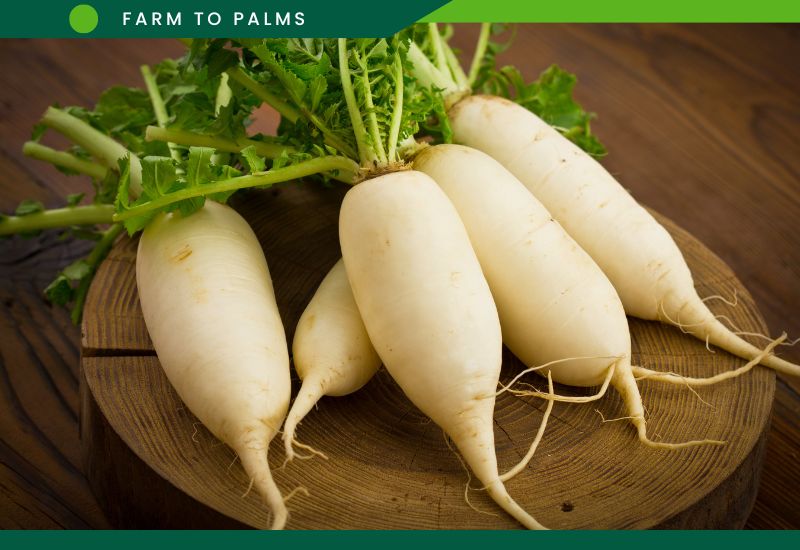
With fewer calories and more magnesium than curly kale, white radishes are a silent hero, providing iron and vitamin C. Animal studies have shown the positive effects of white radishes on diabetes. However, more research is needed to assess the extent of relevance to humans.
Garlic

Most of garlic’s health benefits are due to allicin, an active compound containing sulfur that gives it its pungent smell and distinctive flavour. Many studies have focused on its potential to reduce the risk of heart disease and help control cholesterol levels. Garlic also helps lower blood pressure by widening blood vessels, allowing for easier blood circulation.
Kale

As a famous “superfood,” kale contains double the amount of vitamin C compared to spinach (although spinach has double the amount of vitamin E). Its plant compounds include beta-carotene, essential for supporting a healthy immune system.
Kale is also an excellent plant-based calcium source, essential for strong bones and teeth. Its low oxalate content helps in better calcium absorption. Its significant vitamin K content works together with vitamin D to support bone health.
Mushrooms

Mushrooms are one of the few non-animal sources of vitamin D. They also contain active polysaccharides, one of which is beta-glucan, a type of soluble fibre. This compound activates parts of the immune system, including immune cells called natural killer cells and macrophages. Both enhance the body’s infection-fighting abilities and may even prevent the growth or progression of tumours.
Onion

Onions contain numerous plant chemicals, including flavonoids, which have antioxidant and anti-inflammatory effects. When consumed regularly and in sufficient amounts, these compounds can help protect against chronic diseases like cancer and diabetes.
Onions are one of the richest sources of flavonoids in the diet, containing over 25 different types. One of them, quercetin, has antiviral and anti-histamine properties. When used, it is advisable to limit peeling too much, as quercetin is found in the outer layers of the onion.
Pea

Peas are a rich source of nutrients. They are a source of protein and minerals, including magnesium and potassium, which help control blood pressure.
Peas are also high in fibre, which supports digestive health and provides beneficial gut bacteria with energy. Most of the fibre content is soluble fibre, which helps to reduce constipation. Experts assert that consuming plenty of fibre is associated with reducing the risk of several diseases, including obesity, type 2 diabetes, heart disease, and cancer.
Bell Pepper
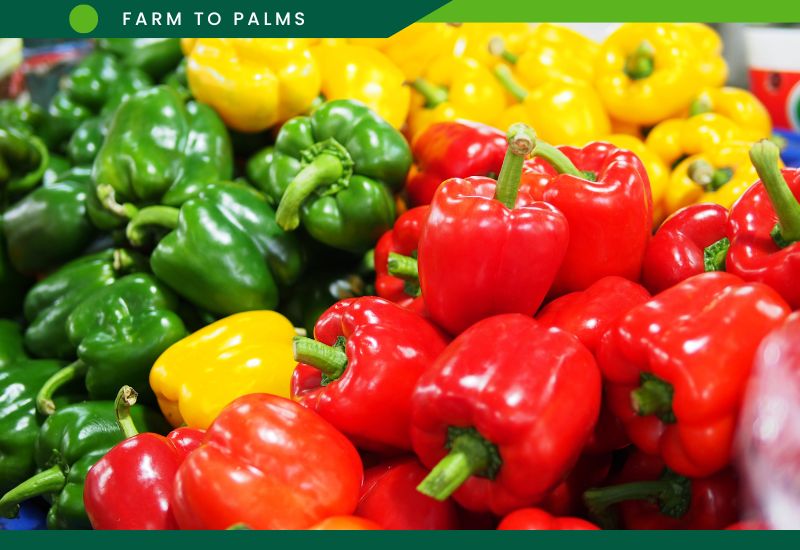
Bell peppers are rich in beta-carotene, a precursor to vitamin A in the body, and are very beneficial for the immune system. Fruits and vegetables of orange and yellow hues are particularly rich in carotenoids, lutein, and zeaxanthin. They can help reduce the risk of cataracts and age-related macular degeneration when consumed in sufficient amounts.
Purple Cabbage
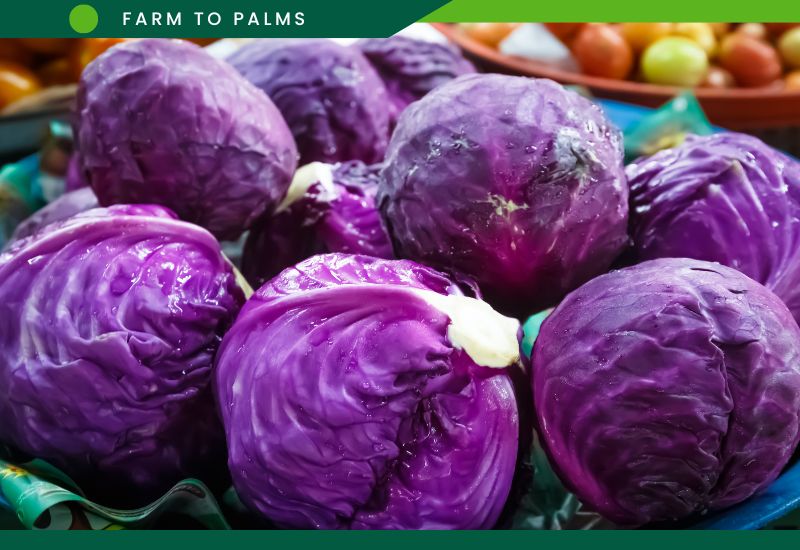
Renowned for its cancer-fighting compounds, purple cabbage is also excellent for the heart and digestive system. Plant compounds called anthocyanins give purple cabbage its beautiful colour and have antioxidant properties that protect the body. As a cruciferous vegetable like kale or broccoli, purple cabbage is particularly rich in antioxidant nutrients such as vitamins C and E and carotenoids.
Spinach

Spinach has long been considered a plant that can restore energy, enhance vitality, and improve blood quality. However, spinach is rich in non-heme iron, which is not easily absorbed in the gut. The high content of oxalic acid in spinach also inhibits iron absorption. Lightly cooking or boiling can help minimize these effects, or it should be consumed with foods rich in vitamin C to enhance absorption.
Sweet Potato
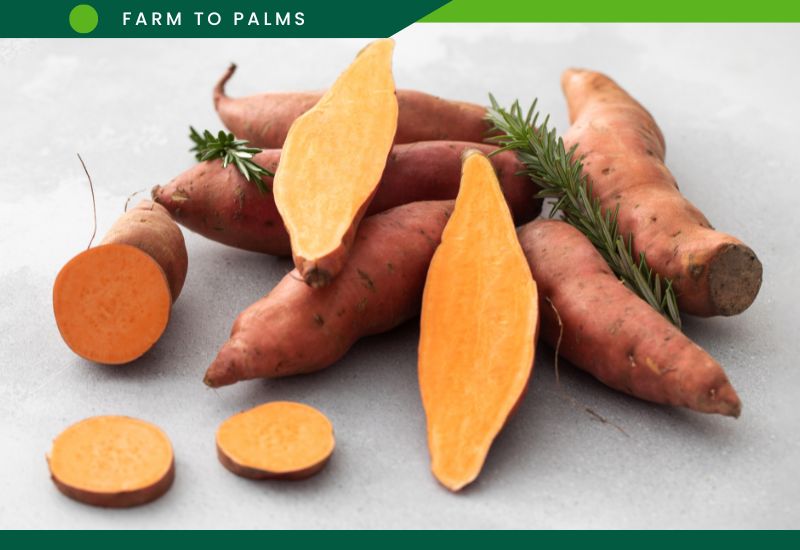
Sweet potatoes have impressive nutritional value and are rich in fibre, proven to promote a healthy digestive system. The high content of plant sterols (phytosterols) in sweet potatoes helps prevent and control intestinal and stomach ulcers.
Watercress

Watercress is an aquatic green leafy vegetable belonging to the watercress family. It contains many isothiocyanates that may help protect against cancer. These compounds appear to be effective in preventing colorectal cancer and prostate cancer and can inhibit the growth of breast cancer. Watercress also contains many antioxidant polyphenols that play a role in combating age-related chronic diseases.
According to the National Institute of Nutrition's recommendations, adults should consume an average of 400g of green vegetables daily and, depending on individual preferences, 100-300g of ripe fruits to provide essential vitamins such as C, E, A, and beta-carotene…
